Two Bronx parks with fascinating NYC history may become landmarks
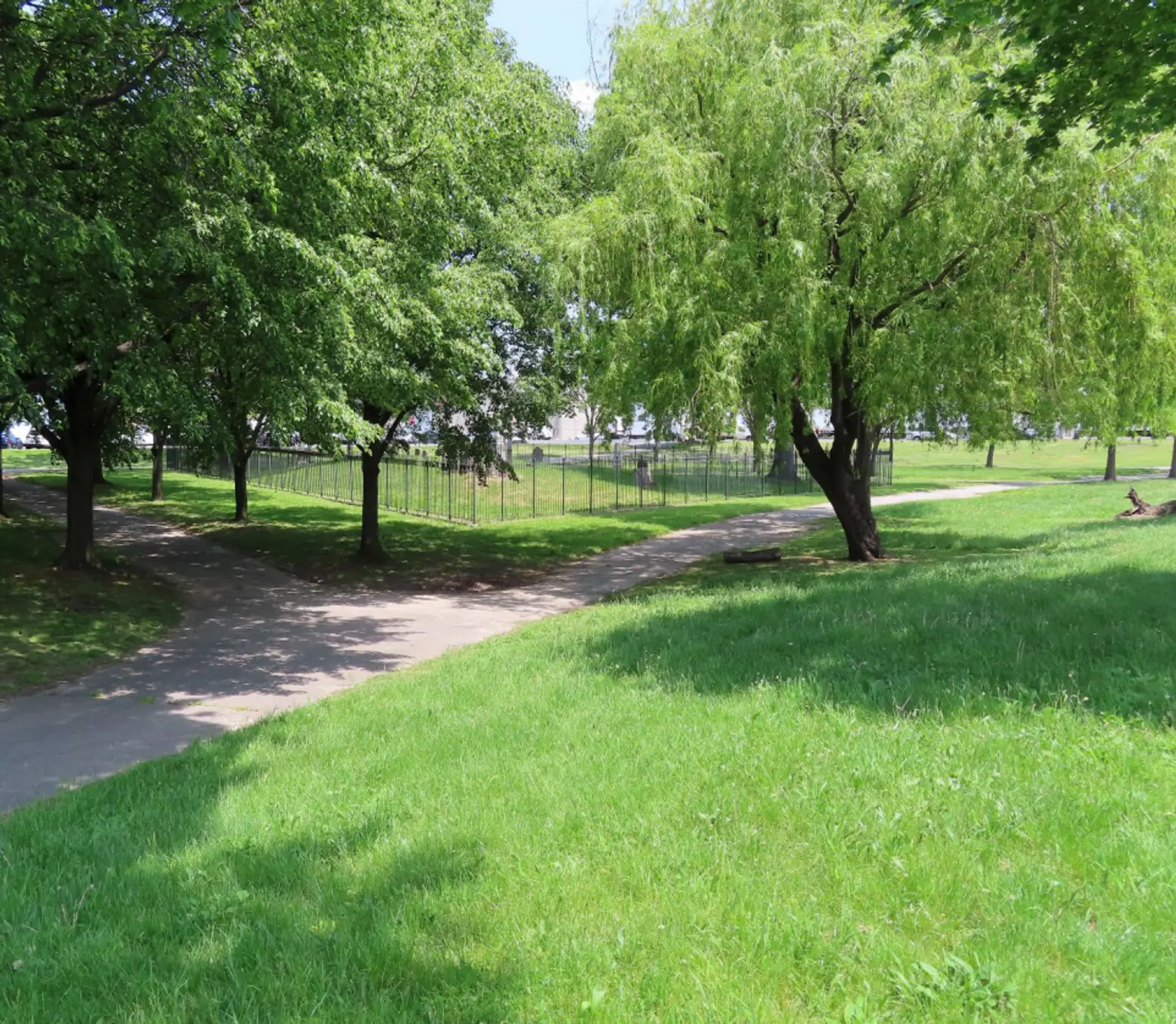
Joseph Rodman Drake Park and Enslaved African Burial Ground. Photo courtesy of the Landmarks Preservation Commission
The Landmarks Preservation Commission on Tuesday voted to calendar two Bronx parks with unique New York City history for possible landmark status. The Joseph Rodman Drake Park and Enslaved African Burial Ground is a colonial-era burial ground that includes the long-forgotten site of a cemetery for enslaved people. The Old Croton Aqueduct Walk is a popular walking path on top of the famous aqueduct that brought the city its first direct source of water in 1842.
Located in Hunts Point, Joseph Rodman Drake Park and Enslaved African Burial Ground are two separate colonial-era cemeteries situated across from each other, one of which was meant for those descended from the area’s early white settlers, and the other for slaves. While one of the cemeteries was maintained over the decades and remains intact today, the burial site of the enslaved was forgotten and its headstones were either discarded, moved, or buried, according to the LPC.
During the 1770s, Hunts Point was controlled predominantly by the Hunt, Willett, and Leggett families, all of which enslaved people of African and Indigenous descent. Around 1720, the Hunt family established a family cemetery in which members of all three families would be buried. The park is named after one of the figures interred there: a famous poet named Joseph Rodman Drake who was a friend of the Hunt family.
Located just south of the Hunt-Willett-Leggett cemetery is the enslaved people’s burial site, which is presumed to have been established in the early 18th century. At the time, both NYC and Westchester County, which Hunts Point was then a part of, were major proponents of slave labor, having contained several large plantations.
The cemetery’s existence was rediscovered about 10 years ago when Philip Pamaritis, a Department of Education official, discovered an image of the burial ground in the Museum of the City of New York’s database that dated back to 1910.
Following his discovery, Pamaritis researched the site and began advocating for its recognition, eventually obtaining a state grant that would fund an archaeological study of the site that involved the help of local schoolchildren. Following the study, community input, and additional research, the park was renamed in 2021.
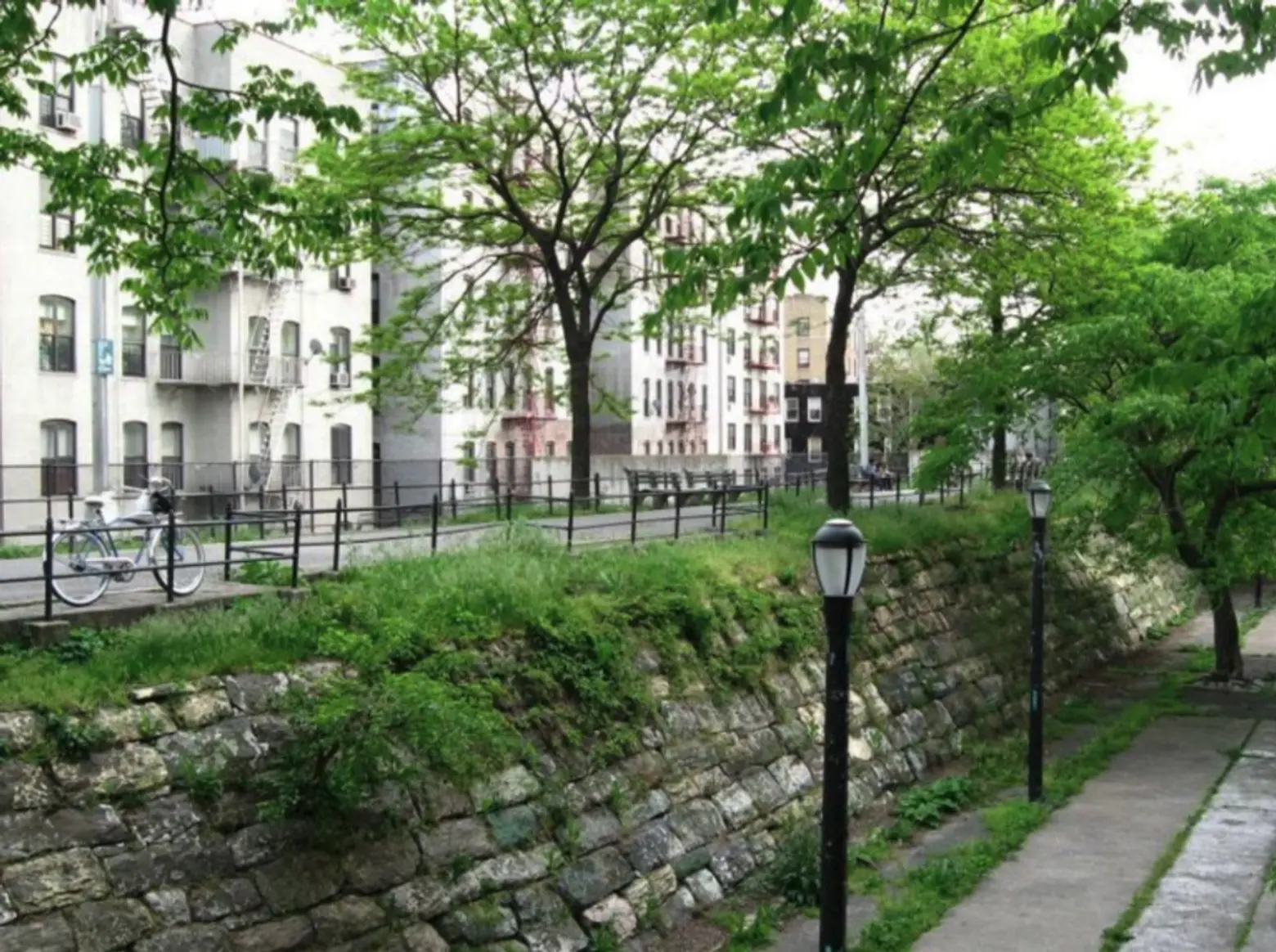
Located along Aqueduct Avenue between West Kingsbridge Road and Burnside Avenue, the 4.9-acre Aqueduct Walk is one of the city’s most popular walkways. The walkway is built on top of the Old Croton Aqueduct, an impressive engineering feat that brought the first direct water supply to the five boroughs in 1842.
The aqueduct was created as the city began to expand and required a larger source of clean water. With a larger population and size, the city was no longer able to effectively fight fires and clean the streets, and the lack of clean water gave way to contaminated wells and quickly spreading epidemics, according to Friends of the Old Croton Aqueduct. The project was delayed due to bureaucracy during the early 1800s, but when cholera impacted NYC in 1832, officials quickly focused on completing the aqueduct.
The project’s first architect was David Douglass, who mapped out the aqueduct’s route, structure, and “hydraulic principles.” Douglass was replaced in 1836 by John B. Jervis Construction, who led the majority of the construction effort and finished the project. Construction work was carried out by roughly 3,000 to 4,000 immigrants, most of whom were Irish, according to the LPC.
The Bronx community put up two major efforts to protect the park during the early 20th century. In 1903, the community successfully stopped the construction of a trolley line that was planned to run alongside the walkway, and in 1929, the community managed to prevent the city’s Sinking Fund Commission from selling the land for redevelopment. Since they took ownership of the Aqueduct Walk in 1930, NYC Parks has added new seating areas, playgrounds, lighting, and relief stations that have improved its amenities and public access while maintaining its historic integrity.
“The Croton Aqueduct was the first direct water source to New York City, it was long sought after and hard-won,” Sarah Eccles, LPC researcher, said. “The aqueduct was a life-sustaining, gravity-powered engineering marvel constructed by immigrants which allowed the city to continue to develop at an explosive rate through the 18th century.”
The two potential landmarks will be reviewed in a public hearing, followed by a vote by the commission.
RELATED:
Explore NYC Virtually
Leave a reply
Your email address will not be published.
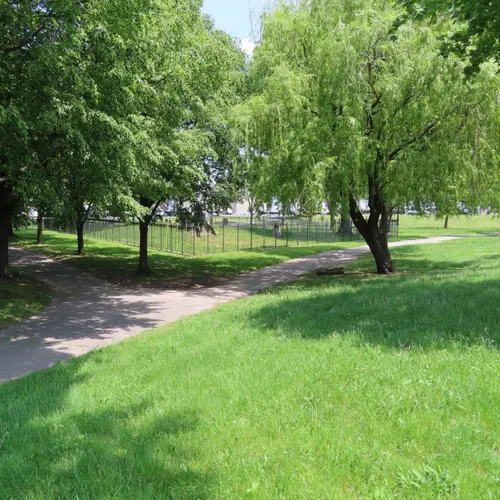
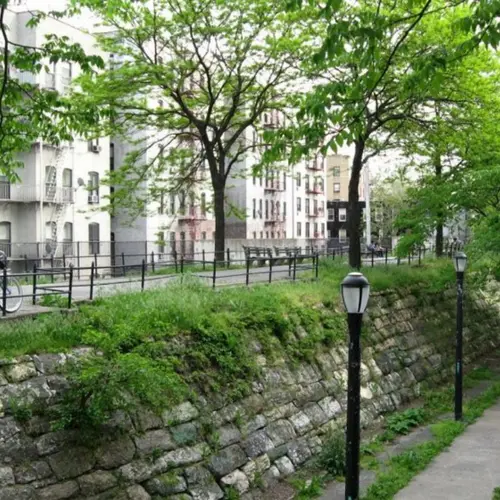



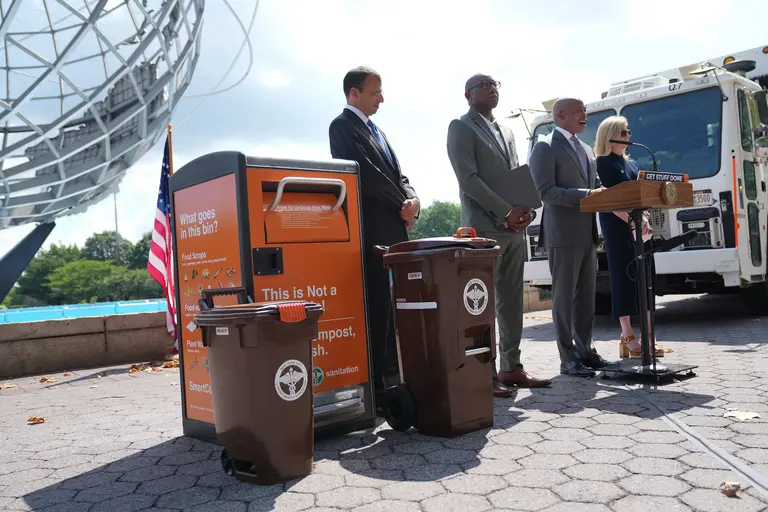







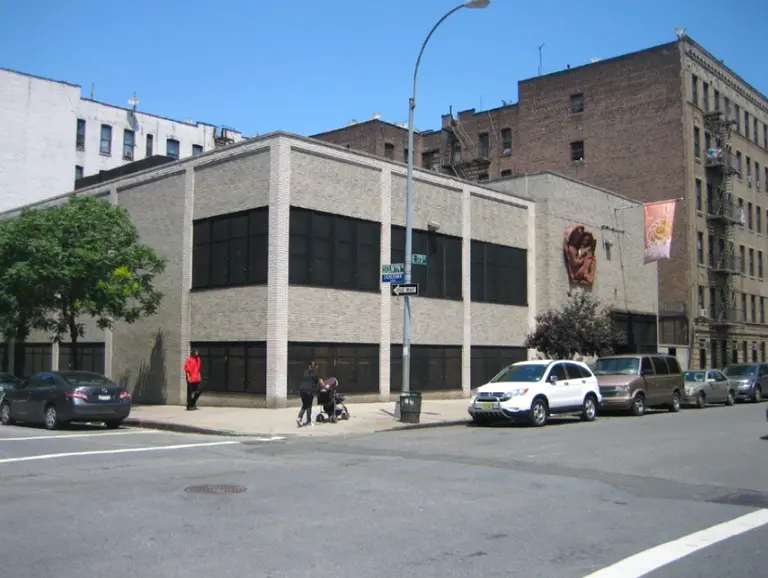
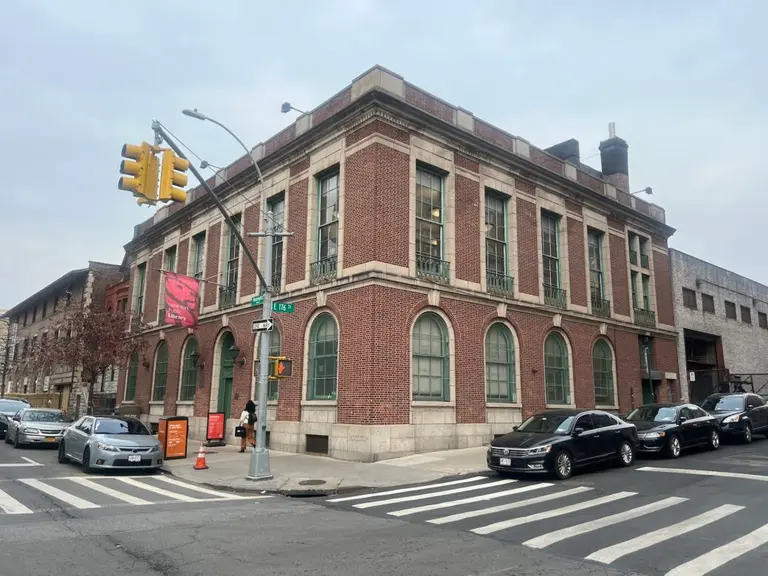
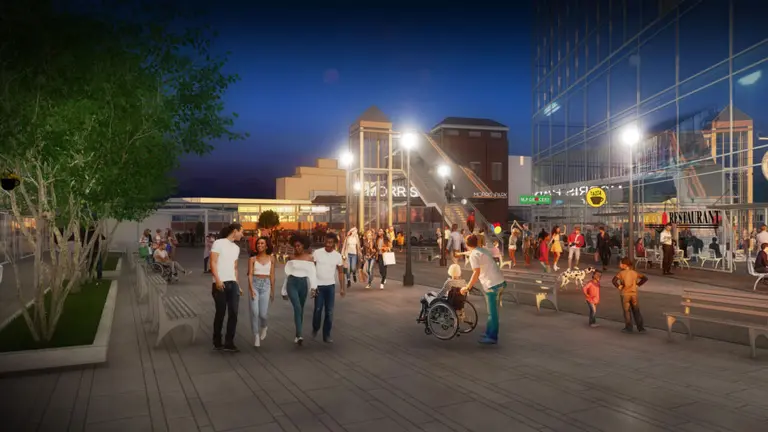
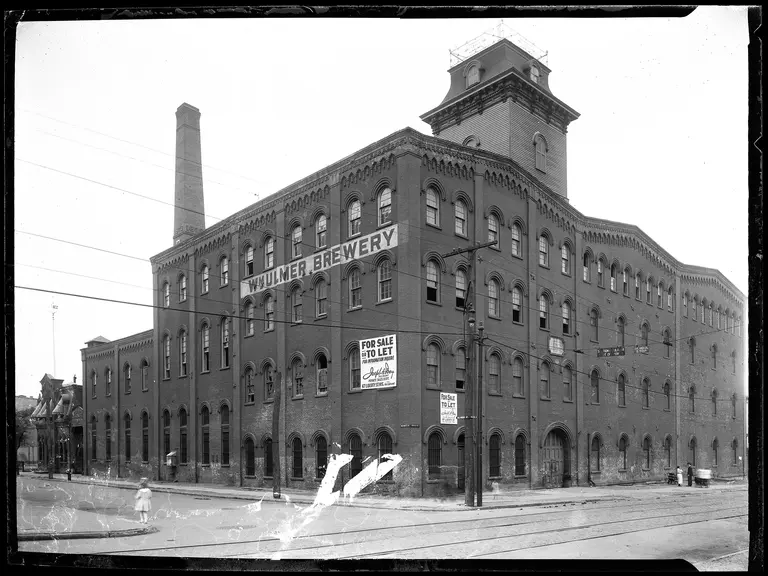
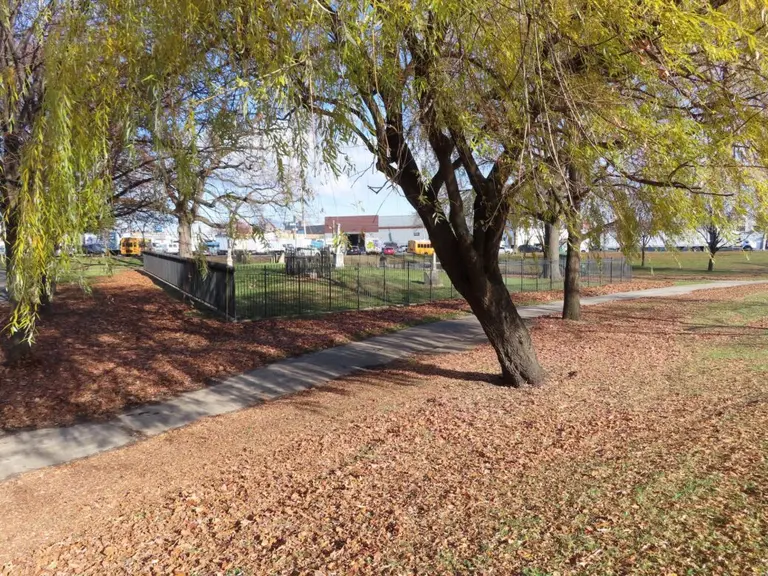
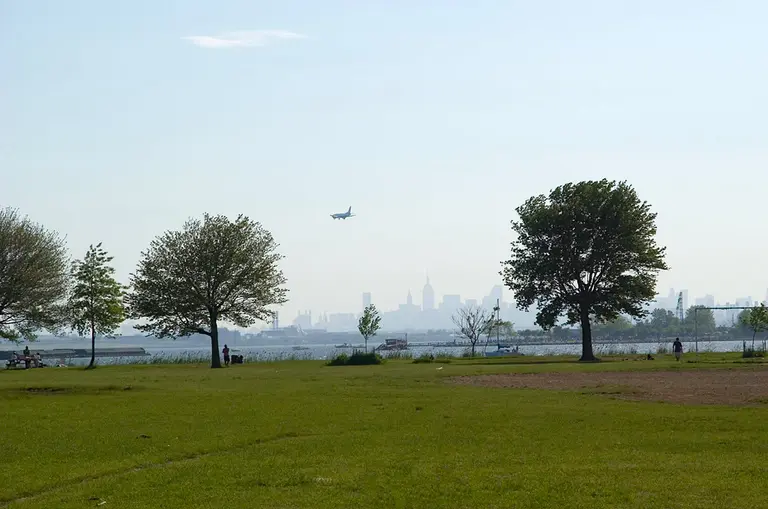












that’s truly shows you how some people viewed enslaved people of color
[…] August, the LPC voted to calendar the burial sites along with the Old Croton Aqueduct, another historically significant site in the […]